Facing food insecurity, Del Valle residents continue calls for better food access, an H-E-B
DEL VALLE — Irene Ray knows her bus routes well: Take the 271, transfer at the library to the 311, then transfer again just past Interstate 35 onto the 801.
That’s to get Ray from her Del Valle address to the H-E-B at East Slaughter Lane and South Congress Avenue, her supermarket of choice. The 801, 10, 311 and 271 bus routes bring her home. If traffic flows well, each half of the commute can be completed in an hour and a half.
The semi-retired 76-year-old makes the trek regularly, often once a week, to buy fresh produce at an economical price and look for specific products, such as dog foods and types of fideo, that she said either are not available or are priced high at the convenience stores and mini-markets in her neighborhood. Ray cannot drive for medical reasons, and she relies on the bus whenever her husband leaves town for work. The trips remain somewhat supplemental — between the biweekly grocery stops she does with her husband — but she believes them crucially important to eating as she wants to eat.
“It can be too much of a hassle sometimes. My legs are hurting,” Ray said of her bus commutes. “There’s a lot of us that are already too old to be going too far away out there.”
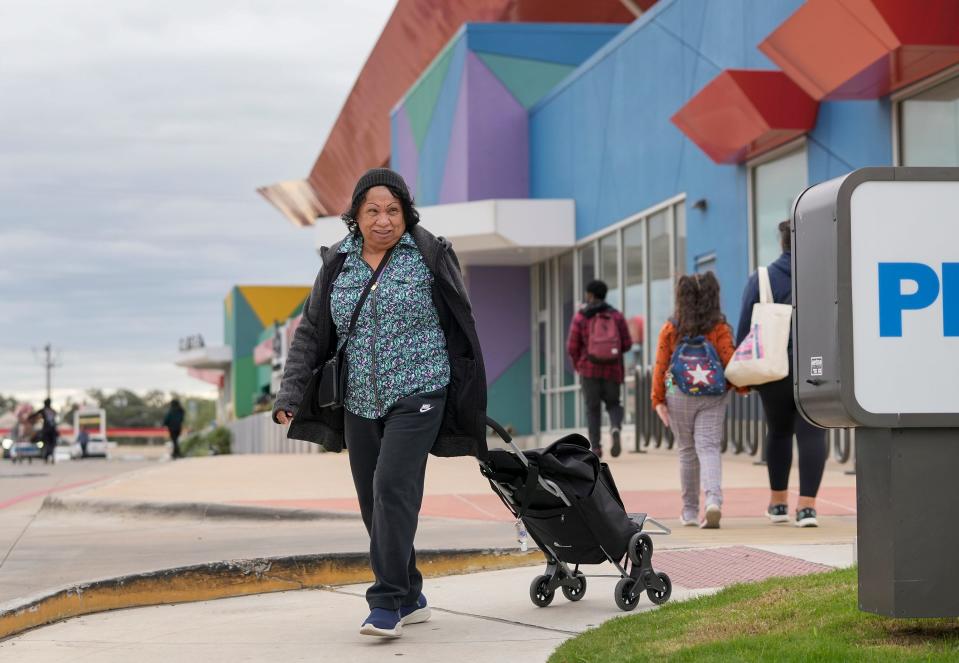
Like many members of her partially unincorporated community, Ray has long wished for a comprehensive grocery store in her neighborhood. Del Valle has none, despite the waves of development that have brought apartment complexes, trailer parks and houses onto the once-rugged prairie. The most recent data from the U.S. Census Bureau placed the population living within the Del Valle school district boundaries — which includes Del Valle, the eastern part of Montopolis and part of eastern Travis County from Hornsby Bend south — at approximately 85,000. Yet, for local food access, residents remain reliant on convenience stores, mini-grocers and charitable food distribution.
Old and new calls for an H-E-B in Del Valle
Concerns over food access have long been on the minds of Del Valle residents. Patricia King, vice president of the Del Valle Community Coalition, says the topic is what first involved her in neighborhood activism in 2010, when she first circulated a petition to show grocers need in her community.
In 2016, H-E-B bought a 17.2-acre property off Texas 71 and FM 973 in Del Valle as part of a mixed-used site now known as Velocity. Optimism followed, despite H-E-B cautioning that it did not have a timeline for developing its parcel.
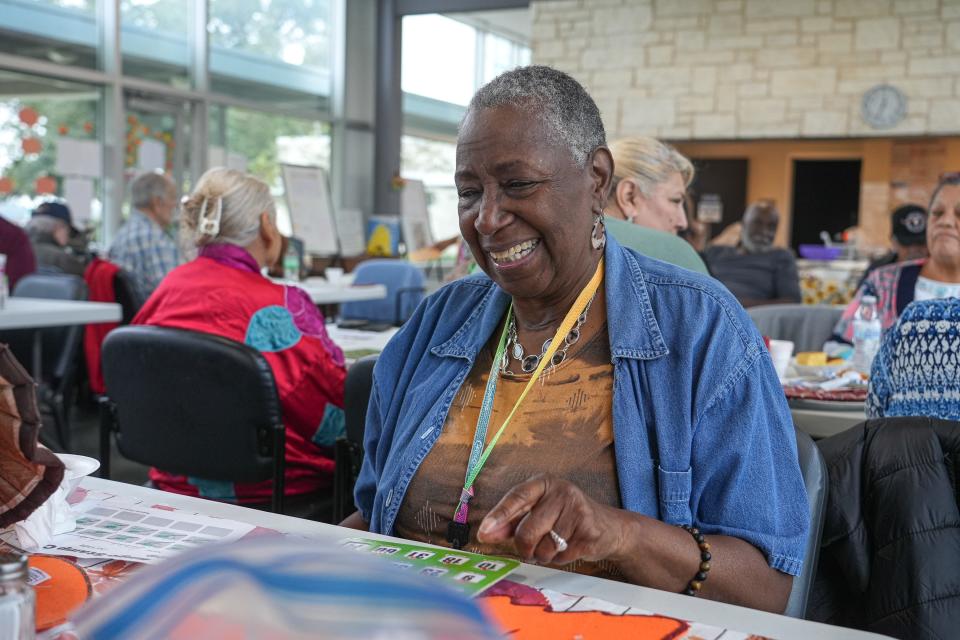
The growth of Del Valle and other eastern Travis County communities in the years since — in part from residents priced out of the city’s more central neighborhoods — has invigorated community members who said they have long been told they don’t have enough households to support a store.
“Tesla has now headquartered in the area; we have all these new housing developments being built left and right, you can drive down there and see all the new rooftops,” District 2 Austin City Council Member Vanessa Fuentes said. “We've been on the receiving end of changes for the last number of years. And yet we don't even get the basics.”
Fuentes tweeted a public letter to H-E-B CEO Howard Butt II on Oct. 30, urging the company to prioritize the construction of the Del Valle site. U.S. Rep. Greg Casar and state Sen. Judith Zaffirini have added their support.
H-E-B did not respond to the American-Statesman’s requests for comment last week. However, Leslie Sweet, H-E-B’s spokesperson for Central Texas, told KXAN this month that the company purchases its property “well in advance of our current real estate needs.”
“We expanded our H-E-B Home Delivery service to Del Valle residents, and are also making substantial investments in food access partnerships in an effort to take immediate action towards improving food access,” she told the station.
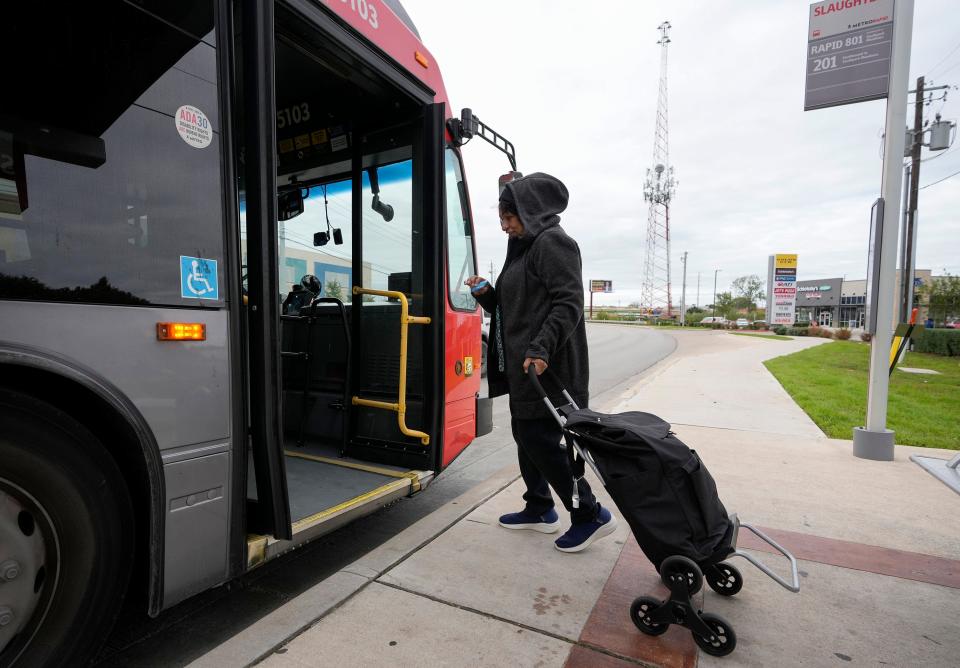
In the years since it purchased the Del Valle land, H-E-B has begun and completed numerous other construction projects in Central Texas. In the last year, the company completed a store in Tarrytown, a Georgetown site in June, and another in the exurban, unincorporated community of Belterra in July. It is currently rebuilding its location on South Congress and Oltorf Street.
“It’s like a slap in the face. Every time they open up a new store,” King said as she listed the H-E-Bs she has seen constructed. “They make us feel like we don’t count; it’s very discouraging as a community. It makes us feel like we aren’t good enough. But we are.”
More: Austin approves resolution aimed at combating food insecurity in food-insecure areas
King added that she believes the community has no option besides putting pressure on H-E-B because no companies will "come out here as long as H-E-B has that property. They have too much power.”
A retail industry analyst told the Statesman last year that H-E-B controls an estimated 60% of the Austin grocery market.
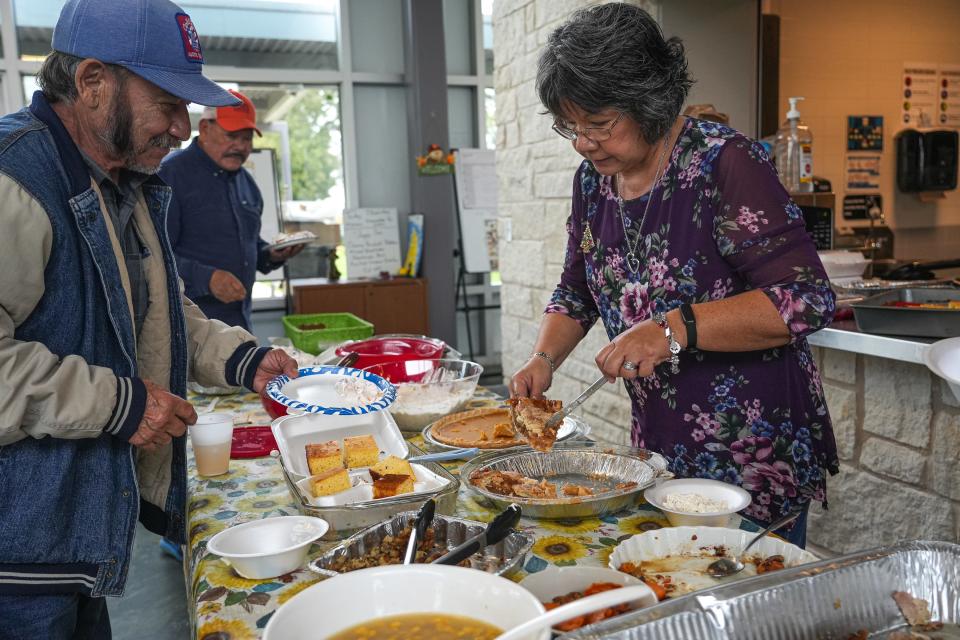
Long commutes, low frequencies
The side of Austin east of I-35 has fewer grocery options than the western side. The city of Austin’s 2017 mapping project located 77 healthy food stores west of I-35 compared with 22 east of it.
No major grocers exist east of U.S. 183, and the closest large supermarket for most Del Valle residents is the H-E-B on East Riverside Drive and South Pleasant Valley Road.
Many will drive about 20 miles east to the H-E-B in Bastrop or choose to go west to Austin locations. The farther the store, the less frequent trips they tend to make.
JoAnn Rogerio, 56, an administrative assistant who has been a Del Valle resident since 2007, chooses to frequent the H-E-B on East Slaughter and South Congress for the bulk of her groceries. The 40- to 60-minute total commute means that she and her family try to make the trip only once every two to three weeks. Such infrequent trips, she said, leave the family consuming less fresh produce and more canned goods than they’d like to, Rogerio said.
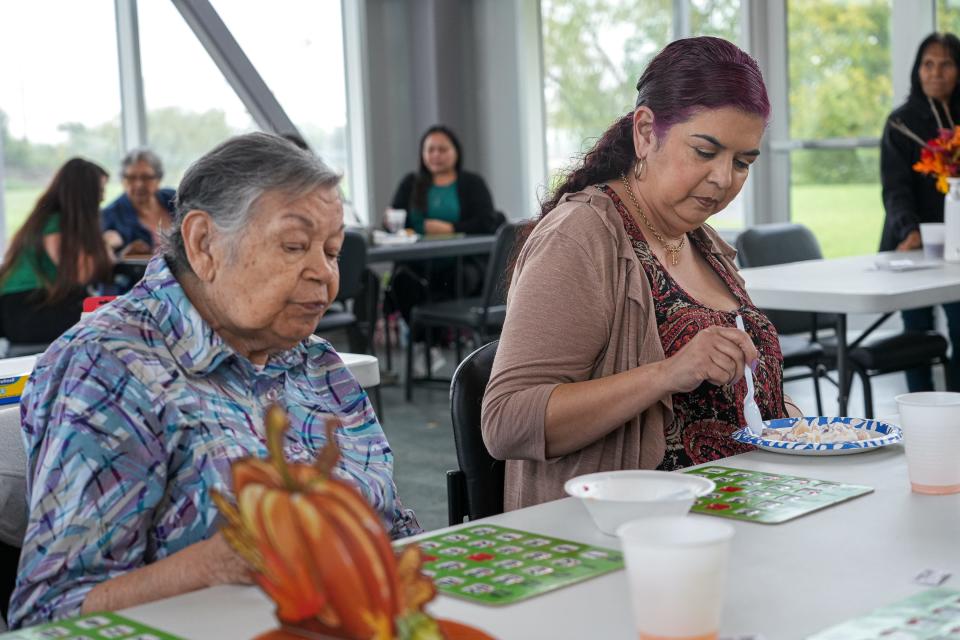
“The quality is a lot different,” Rogerio said. “Just the texture, the feel, everything is much better when it's fresh as opposed to canned.”
Edwin Marty, the city of Austin’s food policy manager, said most people don’t shop near home, but based on preferences based on perceived quality and expense, as well as cultural inclinations.
Convenience for now. What’s next?
As it stands, residents can do some of their shopping at the collection of convenience stores, mini-markets and specialty grocers in the area. These stores offer produce and other goods, though the price, residents said, is often higher.
“When they say 'convenience,' you’re going to pay for that convenience,” said retired Austin’s Colony resident Pat O’Neil-Davis.
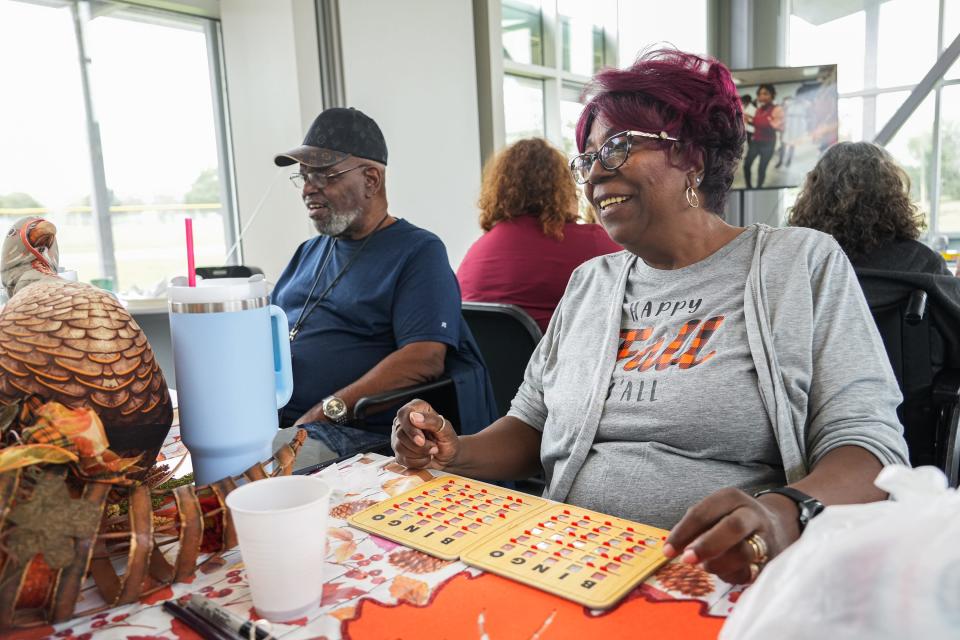
Austin and Travis County are currently drafting a joint Food Policy Plan, which Marty said is important as displacement trends show individuals leaving Austin for areas out in the county.
Municipal and nonprofit efforts have produced food distribution efforts to supplement food access. Organizations such as Equidad and El Buen Samaritano work with the Central Texas Food Bank to hold pop-up food distribution events in eastern communities like Del Valle. Other groups, like the Del Valle Community Coalition, have set up mobile food fridges.
For residents of Del Valle, these efforts will help keep fridges fuller for the time being.
This article originally appeared on Austin American-Statesman: Del Valle, Texas residents want better access to food, grocery store

